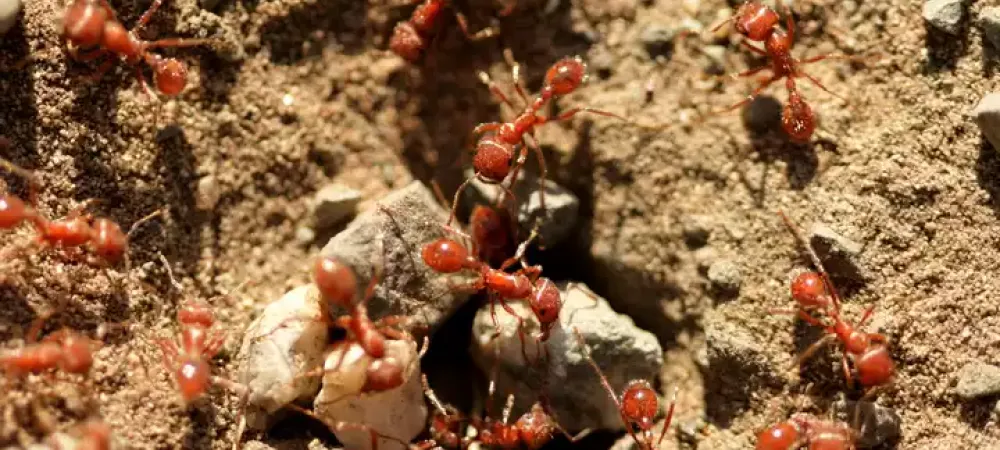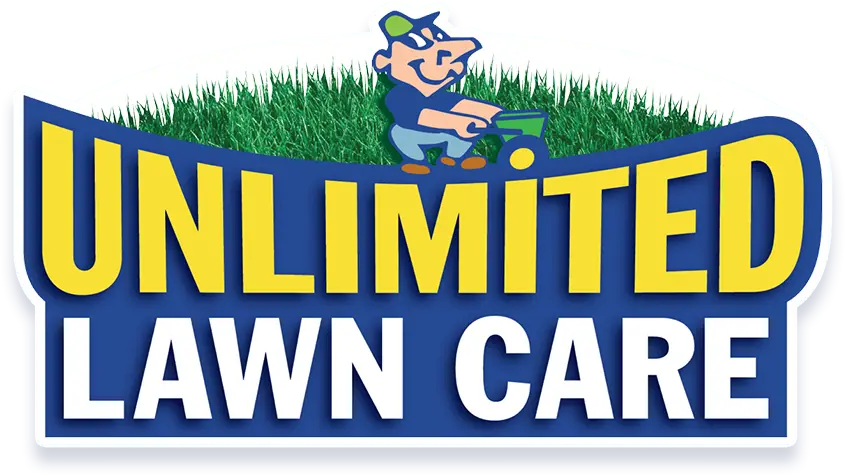How To Deal with Spring Lawn Pests

Spring is a time for green grass, new growth, and fresh starts—but unfortunately, it also marks the beginning of a new pest season. As temperatures rise, a variety of insects emerge and begin feeding on your lawn, often before you even notice they’re there.
Many homeowners are surprised by how quickly spring lawn pests can damage a healthy yard. That’s why early detection and proactive treatment are essential. In this blog, we’ll cover the most common spring lawn pests, how to identify them, and what to do to keep your turf protected and thriving.
Common Spring Lawn Pests in Georgia
Several lawn pests become active in spring and can cause significant turf damage if left unchecked. Here are some of the most common culprits:
- Chinch Bugs – These tiny insects suck the juices from grass blades, causing yellowing and browning in irregular patterns.
- Fire Ants – Known for their painful stings, fire ants build visible mounds and can make it difficult to enjoy your lawn safely.
- Fleas – Fleas thrive in shady, humid areas of the yard and can quickly spread, posing a nuisance to both pets and people.
- Ticks – Often found in tall grass and wooded areas, ticks can transmit diseases to pets and humans, making outdoor activity risky.
Recognizing which pest is affecting your lawn is the first step toward stopping further damage.
Signs You Have a Lawn Pest Problem
Lawn pest issues can often mimic other problems like drought or nutrient deficiencies. Here’s how to spot the difference.
- Thinning or discolored grass that doesn’t improve with watering or fertilizing.
- Patches of dead grass that appear seemingly overnight.
- Increased bird, skunk, or raccoon activity, which could mean they’re digging for insects.
- Tunnels, mounds, or soft soil that signal underground pests like fire ants.
If you’re seeing these symptoms and basic lawn care isn’t working, it’s time to consider pests as the root cause.
How to Identify What Pest You're Dealing With
Each pest leaves behind different clues. Taking time to observe your lawn closely can help pinpoint the issue.
- Visual damage patterns can offer big hints—for example, mounds or tunneling suggest fire ants.
- Check the soil and thatch layer for movement, larvae, or signs of feeding.
- Use simple detection methods like a soap flush test to bring surface pests into view.
- Consider traps or monitoring tools for ongoing insight.
If you’re unsure, getting a professional diagnosis can save time, money, and unnecessary treatment efforts.
Treatment Options for Spring Lawn Pests
Effective pest control often means combining multiple strategies. Here’s how to approach it:
Cultural Controls
Creating an environment that’s less appealing to pests is the first step.
- Maintain a healthy mowing height to discourage pests from nesting.
- Water properly, avoiding overwatering that can attract insects.
- Dethatch your lawn if there's excessive buildup that harbors pests.
Biological Controls
Natural predators can be useful in managing some lawn pests.
- Use beneficial nematodes or predatory insects to target insect populations.
Chemical Treatments
When needed, targeted insecticides can help knock back infestations.
- Apply insecticides at the correct life stage for maximum impact.
- Use preventive products early in the season to stop problems before they start.
- Rotate products and ingredients to prevent resistance buildup.
Timing is everything when it comes to pest control—early intervention is key.
Preventing Lawn Pests Before They Become a Problem
The best pest control strategy is prevention. A well-maintained lawn is your first defense.
- Keep your turf dense and healthy, making it harder for pests to get established.
- Aerate and fertilize to build a resilient root system.
- Perform regular inspections in early spring to catch early signs of insect activity.
- Stick to a seasonal care plan that includes monitoring consistently.
Preventive care not only helps reduce pest problems—it also improves your lawn’s appearance year-round.
When to Bring in a Lawn Care Professional
There are times when DIY solutions simply aren’t enough—especially when damage spreads quickly or you’re unsure of what you’re dealing with.
- Call a professional if the damage is widespread or keeps coming back.
- If you’re not sure what pest you’re dealing with, a pro can properly identify the issue.
- Consider ongoing lawn care services that include preventive pest control for long-term protection.
Unlimited Lawn Care™ offers integrated solutions that combine expert turf management with pest control—so your lawn gets what it needs when it needs it. Call us today for help in Georgia!
Conclusion
Spring pests can undo months of lawn care in a matter of days—but with the right approach, you can stop them before they take hold. By knowing the signs, identifying the pest, and choosing the right treatment, you’ll protect your lawn and your investment.
Don’t wait until the damage is done. Contact Unlimited Lawn Care™ today for expert pest identification and tailored spring lawn treatments that keep your yard healthy, strong, and pest-free.
